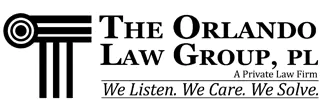One popular yet confusing estate planning tool is the Family Limited Liability Company (“FLLC”). FLLCs are frequently created as part of an estate planning strategy used to facilitate gift giving to a person’s children and grandchildren. FLLCs are also used to shield assets from creditors.
As the name implies, a FLLC is a type of business. When used as an estate planning tool, a FLLC is a company owned by several family members. Members jointly own any assets transferred to the FLLC. In order to create a FLLC, family members must enter into a written agreement that outlines its terms and conditions.
A FLLC has various non-tax benefits. Through a FLLC, a family can consolidate family assets into one bundle which can more efficiently be managed, controlled, and passed on from generation to generation. Assets transferred through a FLLC can also be easily transferred and gifted, because ownership interests in the FLLC – known as “membership interests” – rather than individual assets are transferred to beneficiaries. If it is important that certain assets be kept in the family, an FLLC can help maintain this family ownership by providing family members with right of first refusal before an asset is traded or sold outside the family.
Importantly, not all members of a FLLC need to be afforded decision-making privileges. The decision-makers are managing members, while the non-decision-makers are simply members. The members, often children and grandchildren, do not have an automatic right to contribute to the management of the FLLC. Conversely, managing members exercise shared control over the FLLC. Managing members may manage the assets in the FLLC in any way they see fit, they may buy, sell, trade, and otherwise operate FLLC assets without the consent of the non-managing members.
Last Updated on April 18, 2017 by The Orlando Law Group








